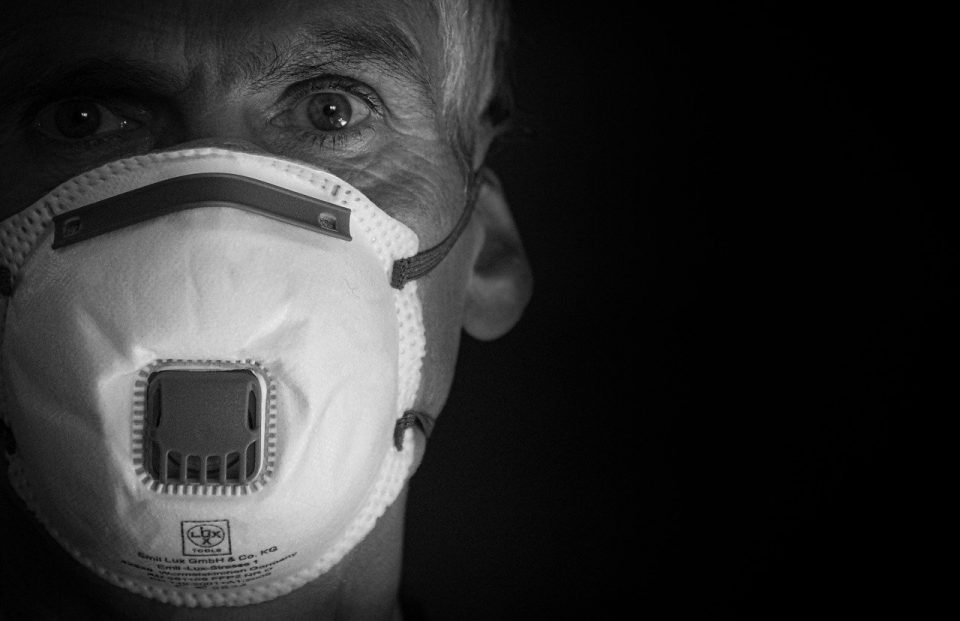Coronavirus, a new term for fear, which first emerged in the Chinese city of Wuhan last December, has infected more than 1,133,681 people across 209 countries and territories globally, according to the World Health Organization (WHO).
In a short period, the Coronavirus Outbreak has crippled the global economy and financial markets.
WHO has declared Coronavirus or COVID-19 a pandemic due to its speedy spread across the world.
According to the WHO, “a pandemic is defined as “an epidemic occurring globally, or over a very extensive area that can cross international boundaries and generally affects a huge number of population.”
According to the CDC, a pandemic is defined as “an epidemic which has spread over various countries or continents, commonly affecting a large number of population.”
Let’s know about the different stages of the spread of the virus:
Stage 1 | Imported
When cases of such virus infection are imported into a country which is not the source of the infection; those people who have travelled to virus-hit foreign countries and have come back to their home countries.
In the case of coronavirus, all the countries, excluding China which started reporting cases of coronavirus, reached Stage 1 of the coronavirus pandemic with their first case.
Stage 2 | Local Transmission
A country enters into the second stage of an outbreak when there are cases of local transmission i.e. those cases of people where the person, who has a travel history of the virus-hit country, from whom the infection spreads to another person in the same country.
The transmission is either from those who are close to the family of the infected patient or the people he or she has come in contact with. In this case, the source of the infection is known and can be located
Stage 3 | Community Transmission
According to a report, “it becomes hard to track the chain of transmission of the virus in a large number of cases.
This means that the virus has started circulating within the community and can also infect those individuals who have neither travelled to a country affected by the outbreak nor have come into the contact of a person infected by the virus.
In this case, a lockdown becomes highly important as any person can spread the virus, regardless of their travel history or the people they have come in contact with.”
Stage 4 | Epidemic
During the fourth stage, the infection becomes epidemic in some countries and keeps resurfacing round the year (e.g malaria and dengue in India).
Generally, the stages of an outbreak remain uniform across the world, which, is termed helpful for the countries to prepare accordingly.
Such categorization makes the outbreak easier to understand and imposing measures to minimize the effect.
India is currently at the second stage, says ICMR
According to the Indian Council of Medical Research, India is at Stage 2 level and reportedly, the source of the infection can be tracked and contained.
Currently, the country is observing severe actions to avoid the widespread transmission of the virus outbreak.
Check out the different stages of coronavirus infection in various countries of the world and why social distancing is important at this point.
Also see: How does coronavirus affect your body?
Coronavirus Outbreak in India: Situation update
As of 5th April 2020 09:00 GMT+5:30, according to the Ministry of Health & Family Welfare (MoHFW), a total of 3374 COVID-19 cases (including 65 foreign nationals) have been reported in 29 states/union territories.
These include 266 who have been cured/discharged, 1 who has migrated and 77 deaths. Hospital isolation of all confirmed cases, tracing and home quarantine of the contacts is ongoing.
On 25th March 2020, India went on a 21-day nationwide lockdown (scheduled to end on 14th April 2020 – the most severe step taken anywhere in the war against the coronavirus, according to the New York Times
WHO Country Office for India support
WHO Country Office for India has been working closely with MoHFW on preparedness and response measures for Coronavirus Outbreak, including surveillance and contact tracing, laboratory diagnosis, risk communications and community engagement, hospital preparedness, infection prevention and control, and implementation of containment plan.
“India stands at an important turning point in its fight against COVID-19. Extraordinary situations demand extraordinary measures.
The Prime Minister has taken bold and decisive steps to break the chain of transmission.
It is equally vital that this window is used for further ramping up measures to find, isolate, test, treat and trace.
WHO stands together in solidarity with India and its people and is committed to providing all the support that is needed,” says Dr Henk Bekedam, WHO Representative to India.
Resources from Government of India
Ministry of Health & Family Welfare 24*7 helpline number – +91-11-23978046
Press Release issued by Press Information Bureau (click for date wise information)
Disease Alerts, Ministry of Health and Family Welfare




